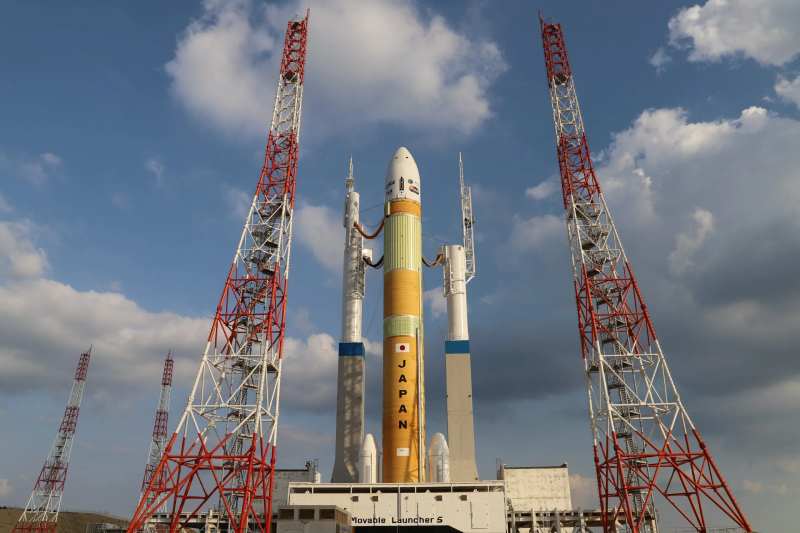
Plans call for a second H3 launch in February
The H3 rocket will resume flying in the middle of February, according to a date set by the Japanese space agency JAXA, almost a year after the vehicle’s initial launch attempt was unsuccessful.
On December 27, JAXA declared that the second H3 launch from Tanegashima Space Center would take place no earlier than February 14 (February 15 in Japanese time). The mission, known as H3 Test Flight No. 2, or H3TF2, is scheduled for launch through the end of March.
The H3 will be launching for the first time since its botched maiden flight on March 7. The first stage of that launch seemed to go according to plan, but the second stage’s engine failed to ignite, causing the flight termination system of the vehicle to activate.
The primary contractor for the H3, Mitsubishi Heavy Industries (MHI), and JAXA have not provided many details regarding the reason behind the failure. The XRISM X-ray astronomy satellite and SLIM lunar lander were carried by the H-2A, whose launch was postponed from May to September due to the similarity of its second stage engine.
Vice president and general manager of MHI, Iwao Igarashi, stated at the September World Satellite Business Week conference that the investigation into the H3 failure was finished in August, but he did not go into detail about the findings of that investigation.
“We defined the corrective actions and some of them applied to the H-2A launch vehicle,” he said at the conference, which took place less than a week after that vehicle launched XRISM and SLIM. “The next step is we are working hard to prepare for the return to flight” of the H3, which at the time he said was planned for late 2023.
The payload will differ for the second H3 launch. The Earth observation satellite ALOS-3, which cost roughly $200 million, was launched by JAXA for the first time. Following the failure to launch a valuable spacecraft on the rocket’s maiden flight, the agency came under heavy fire.
Rather, a test payload known as the Vehicle Evaluation Payload-4 will be carried on the next H3 launch. Two additional smallsat secondary payloads will be carried on the mission. One is a spacecraft called CE-SAT-1E that was created by Canon Electronics for Earth imaging. The other, called TIRSAT, is a cubesat with an infrared Earth observation instrument that was constructed by Japan Space Systems.
Todd Barrow is rapidly carving out his place in the country music spotlight. Born and… Read More
Bangalore, often dubbed the Silicon Valley of India, is a city that seamlessly blends technological… Read More
Instagram's latest update includes a new feature called "Blend." With the use of this feature,… Read More
Dr. Rema Vassar is a leading advocate for equity in education, particularly in ensuring that… Read More
Exploring the world of guitar music is a journey into the heart of creativity, where… Read More
Marine construction is a vital field that shapes coastal infrastructure, energy production, and global connectivity.… Read More